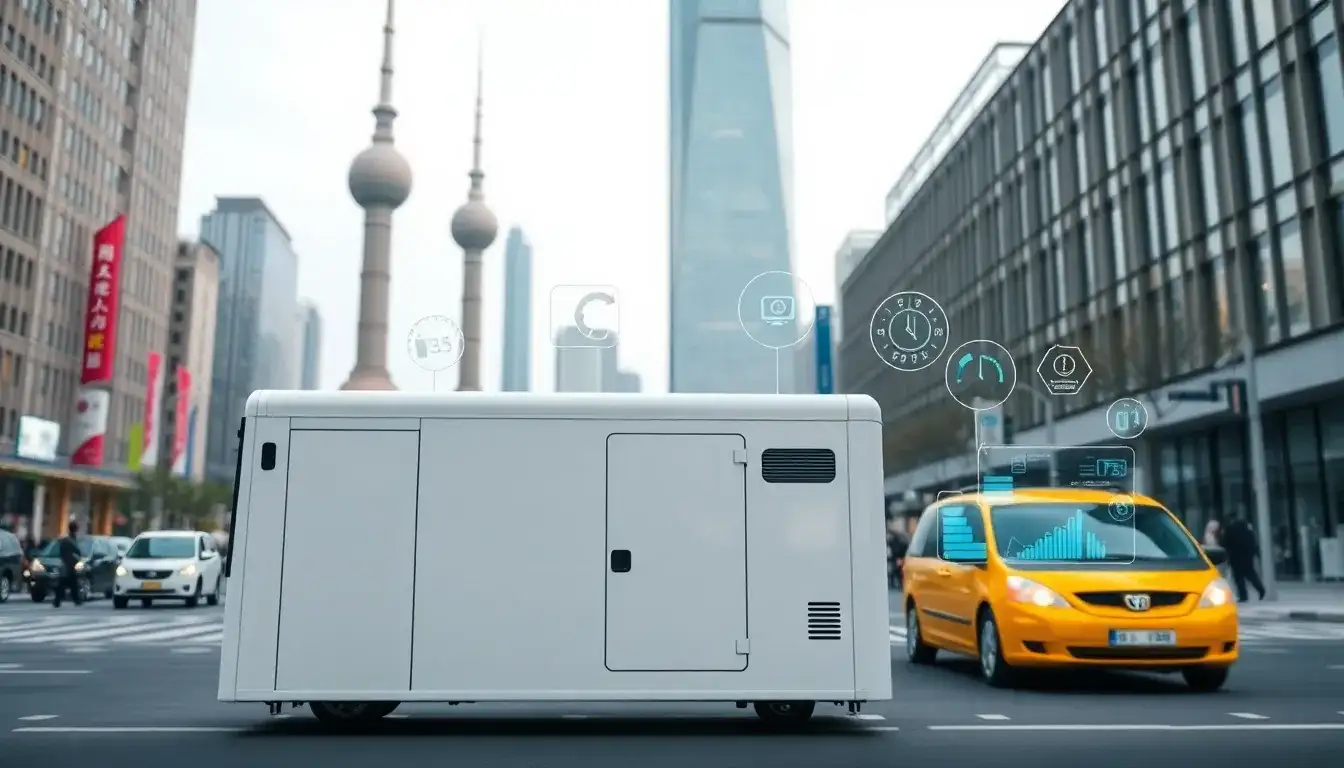
Integrated Energy Monitoring and Intelligent Operation Solution for Mobile Energy Storage Vehicles
Industry Background
In the global push for sustainable energy development, the installed capacity of renewable energy sources such as solar and wind power is rapidly increasing. However, these energy sources are characterized by their intermittency and instability, posing challenges to the stability of power supply. Mobile energy storage vehicles serve as flexible storage devices capable of addressing this issue effectively. They can store electrical energy during periods of excess production and release it during energy shortages or peak usage times, thereby facilitating load leveling and ensuring stable operation of the power system. Furthermore, the rapid advancement of information technologies such as 5G and the Internet of Things (IoT) provides technical support for the intelligent and precise monitoring of energy in mobile storage vehicles. The application of mobile energy storage vehicles is becoming increasingly widespread in scenarios such as emergency disaster relief, power supply to remote areas, and distributed energy integration, leading to a growing demand for real-time and accurate monitoring of their energy status.
Industry Pain Points
1. Inadequate Energy Data Collection: Existing systems often only capture basic parameters of the batteries in mobile energy storage vehicles, such as charge level and voltage. There is a lack of comprehensive data collection regarding key energy metrics, including charge/discharge efficiency, remaining service life, and health status, making it difficult to assess battery performance and energy utilization comprehensively.
2. Lack of Unified Standards for Energy Monitoring: Mobile energy storage vehicles may come equipped with Battery Management Systems (BMS), Power Conversion Systems (PCS), fire protection systems, and other technologies, but they often lack standardized data interfaces and communication protocols. The complexity of the data makes it challenging to integrate into management platforms, hindering the unified management of data from different vehicles and increasing the difficulties associated with system construction and operation.
3. Difficulties in Energy Optimization Scheduling: Energy losses occur during the processes of storing, supplying, and generating electricity. However, the absence of comprehensive monitoring complicates the real-time evaluation of energy efficiency, making it challenging to optimize the energy scheduling of mobile storage vehicles based on their location and the load conditions of the power grid.
Solution
1. Comprehensive Energy Data Collection Design: Install high-precision sensors and intelligent collection devices on mobile energy storage vehicles. In addition to conventional sensors for measuring charge, voltage, and current, add sensors to monitor battery internal resistance, temperature distribution, and charge/discharge cycle counts. Integrate with BMS and PCS to ensure comprehensive collection and preprocessing of energy data, guaranteeing the accuracy and completeness of the data.
2. Reliable Data Transmission Network Establishment: Utilize a combination of various communication technologies, such as 5G, 4G, and satellite communication, to automatically switch to the optimal communication link based on the vehicle’s environment, ensuring stable data transmission. Additionally, implement edge computing technology to perform preliminary analysis and filtering of collected data on the vehicle side, reducing unnecessary data transmission and minimizing latency and packet loss risks. Use encryption and redundancy techniques for essential data to ensure its security and integrity during transmission.
3. Unified Standard Data Interaction System Construction: Establish a unified data platform that can transform and interpret data from different brands and models of equipment on vehicles according to standardized protocols. This will facilitate seamless integration and storage, management, and sharing of data, providing a foundation for subsequent data analysis and applications.
4. Development of Intelligent Energy Optimization Scheduling System: Deploy a private cloud platform, such as the Shuzhi Neng Vehicle Management Platform, which features an electronic display to monitor device location, distribution, types, operational status, working parameters, alarm frequency, maintenance work orders, and energy efficiency. This system will enable effective regulation and intelligent operation, ensuring the safety of vehicle operation and stable power supply.
Disclaimer: The content above (including any images or videos) is uploaded and published by users of the NetEase Hao platform, which solely provides information storage services.







